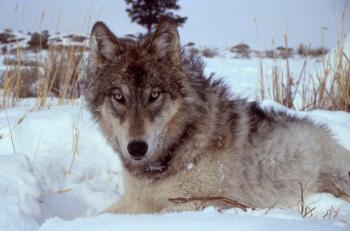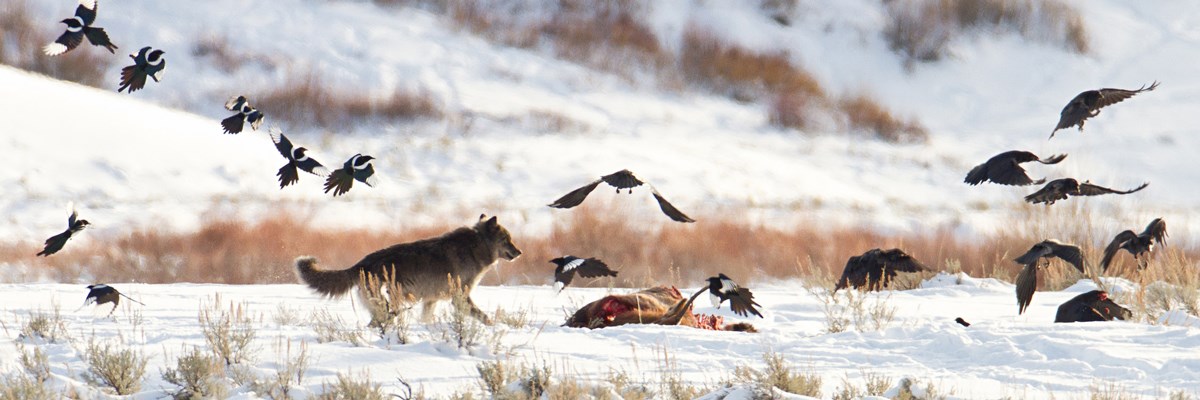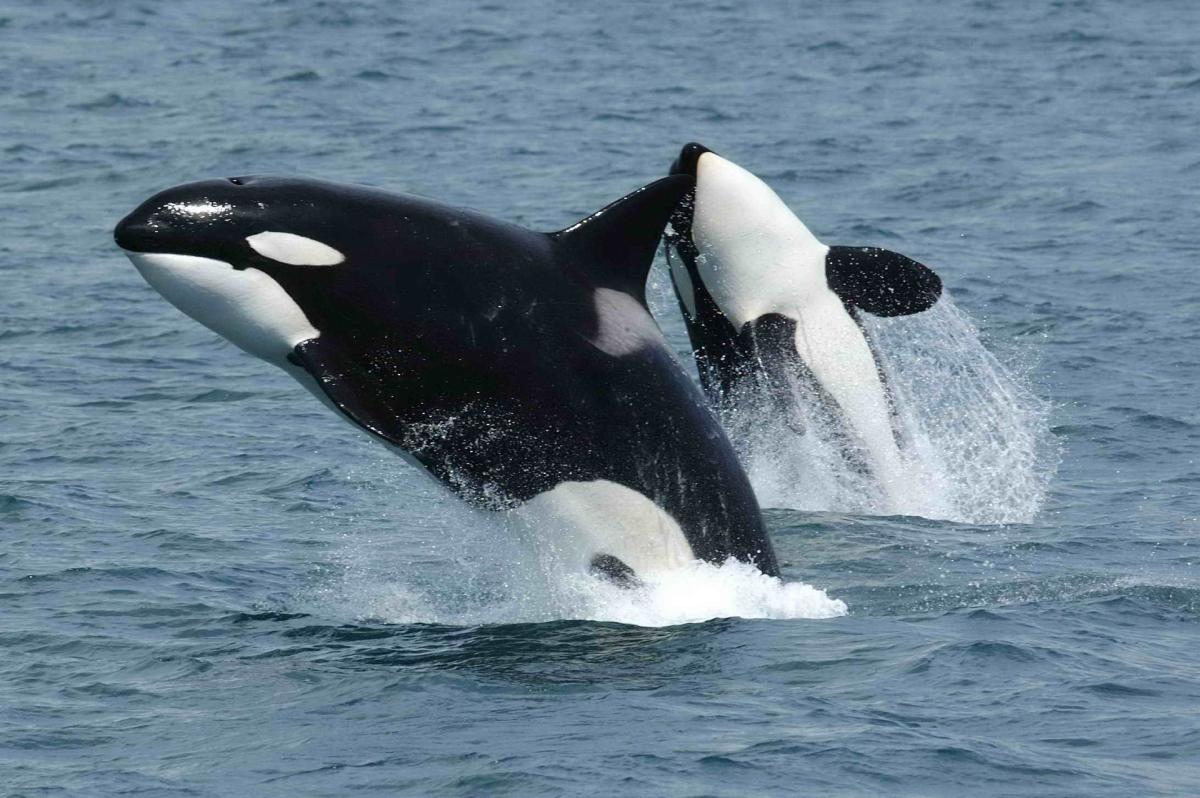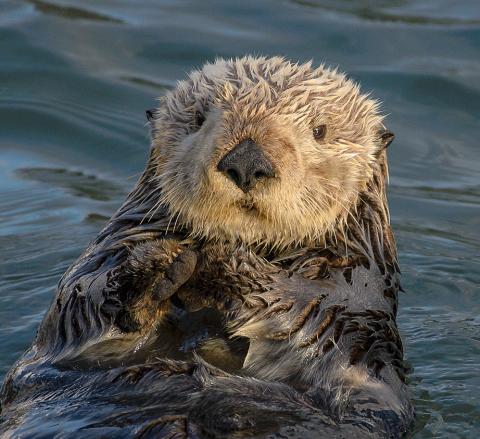
“A food web is a network of linked consumer-prey interactions. The apex predators in food webs are typically large animals that feed on other species but have no predators themselves.”
As Dr. Jim Estes, of UC Santa Cruz, says that apex predators have been part of nature since animals evolved in the Cambrian Explosion over 500 million years ago.
Humans as the Ultimate Predator
Human activities — hunting, habitat destruction, climate change—have affected apex-predators everywhere. “Decline of top consumers(apex predators) may be humans' most pervasive influence on natural world,” Estes said. "They have diverse and powerful effects on the ways ecosystems work, and the loss of these large animals has widespread implications."
“It is well established that large predators can critically affect food web structure and function, including direct effects on prey populations and indirect trophic cascades.“ That means the effects may go all the way through the food web to the invertebrates and plants.
The examples below show how the decline in top predators impacts various ecosystems.
Wolves

Yellowstone National Park ensures the long-term viability of wolves in Greater Yellowstone and provides a place for research on how wolves may affect many aspects of the ecosystem. NPS / Jim Peaco
Gray wolves were hunted to near extinction in some places, affecting the entire ecosystem.
They are top predators that hunt in packs, mainly for elk in the greater Yellowstone region and other northern forests. In Yellowstone in the winter, 90% of their prey is elk. The entire ecosystem benefits from wolf kills. “When wolves kill an elk, ravens and magpies arrive almost immediately followed by coyotes. Many other animals—from eagles to invertebrates—consume the remains of the prey.”
Elk herds grew in the Greater Yellowstone Ecosystem as wolves were eliminated in the 1800 and 1900’s. Elk are herbivores and their grazing destroys young trees, especially willows. The Greater Yellowstone Ecosystem was heavily impacted. From 1995 to 1997, The US Fish and Wildlife Service introduced 41 wild wolves into the Yellowstone National Park. As of January 2021, there were at least 123 wolves in the park. And in the Greater Yellowstone Ecosystem an estimated 528 wolves resided there as of 2015.
What were the changes with this predator back in the ecosystem? “The reappearance of carnivores on the landscape has had significant and sometimes unexpected impacts on the resident grazers and their habitat.” Wolves are hunting elk again, and this keeps elk on the move so they don’t completely destroy the young willow trees and berry bushes. The willow along the streams are doing really well now correlated to an increase in the beaver population. A heathy riparian habitat supports a healthy diversity of life in the ecosystem. Watch this video about wolves in northern Yellowstone.
Orcas

Orcas (also known as killer whales) are apex predators in all of the world’s oceans. Their only enemies are humans. These large marine mammals are highly mobile, and hunt in packs like wolves, and need to eat a lot. Orcas prey on fish, squid and hunt seals, birds, polar bears, and whales. Their diets depend on where they live and how they hunt. Hunting preferences and techniques are passed down in the multi-generational pods that the orcas live in.
In the northeast Pacific Ocean, scientists have discovered three types of orcas based on their diets: fish-eating “residents,” mammal-eating “transients,” and “offshore” killer whales that eat fish and other organisms. The resident orcas in the Pacific Northwest feed almost exclusively on salmon. Like other top predators their presence affects the entire food web and also commercial fisheries.
Some salmon-eating orcas depend on endangered Chinook salmon. Researchers looking at how orca predation affects salmon concluded that: “Intensifying predation by fish-eating killer whales contributes to the continuing decline in Chinook salmon body size.” This is creates conflicting management and conservation issues for these two iconic species. And what might be the effect of smaller Chinook salmon on the rest of the ecosystem?
Sea Otters

Even though sea otters aren’t big, imposing predators in our eyes, they’re the apex predators in many kelp forest ecosystems, eating a variety invertebrates from urchins to crabs to clams. In some kelp forests, they feed mainly on sea urchins. By eating sea urchins – grazers that can destroy kelp beds – sea otters change ecosystem dynamics.
Sea otters were overharvested for their warm fur in the 18th and 19th centuries decimating populations in most west coast locations. At the turn of the 20th century only a handful of small isolated populations remained. Those populations were protected by law in 1913. Scientists compared locations in Alaska where a small number of sea otters remained and where they were reintroduced, to areas with no otters.
What they found where there are otters, there’s abundant kelp. Where there are few or no otters, there are mainly sea urchins (called sea urchin barrens) and little kelp. Otters have a top-down limiting effect on urchins. With fewer urchins the kelp ecosystem thrives. Those healthy kelp forests are home to a diversity of animals that depend on kelp forest habitat. There was an abundance of fish that depend on the ecosystem for habitat and food. With that abundance of fish, gulls fed on the fish instead of invertebrates.
Researchers calculated that the presence of otters goes beyond the kelp ecosystem. An otter population increases the storage of carbon because there’s more kelp. The kelp photosynthesizes to absorb CO2 and grow. “Globally, seaweeds are thought to sequester nearly 200 tons of CO2 every year – as much as the state of New York’s annual emissions. And when the algae dies, much of the carbon locked up in its tissues is transported to deep oceans.”
So by maintaining healthy kelp forests, sea otters are helping fight climate change.
















